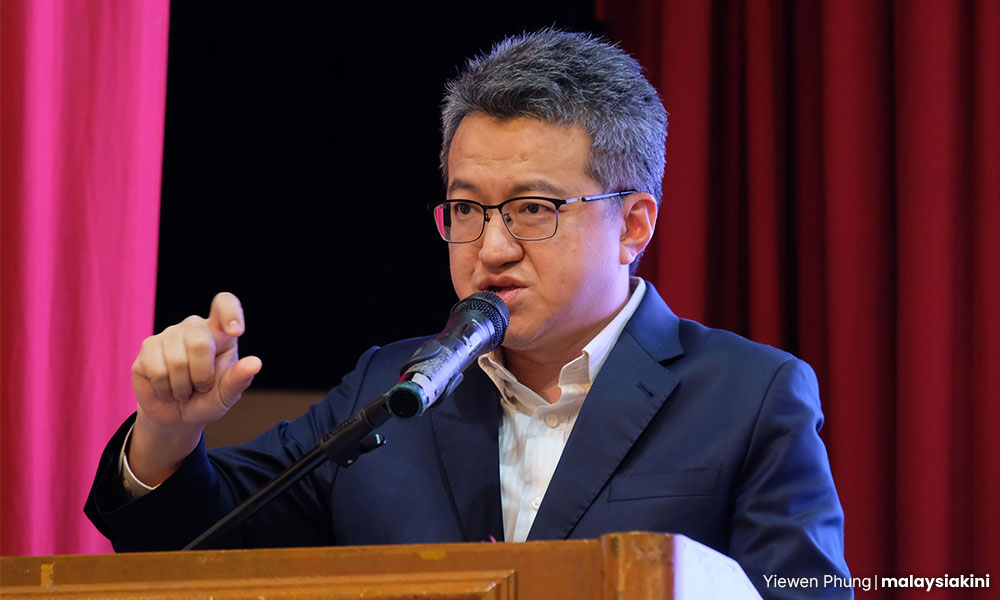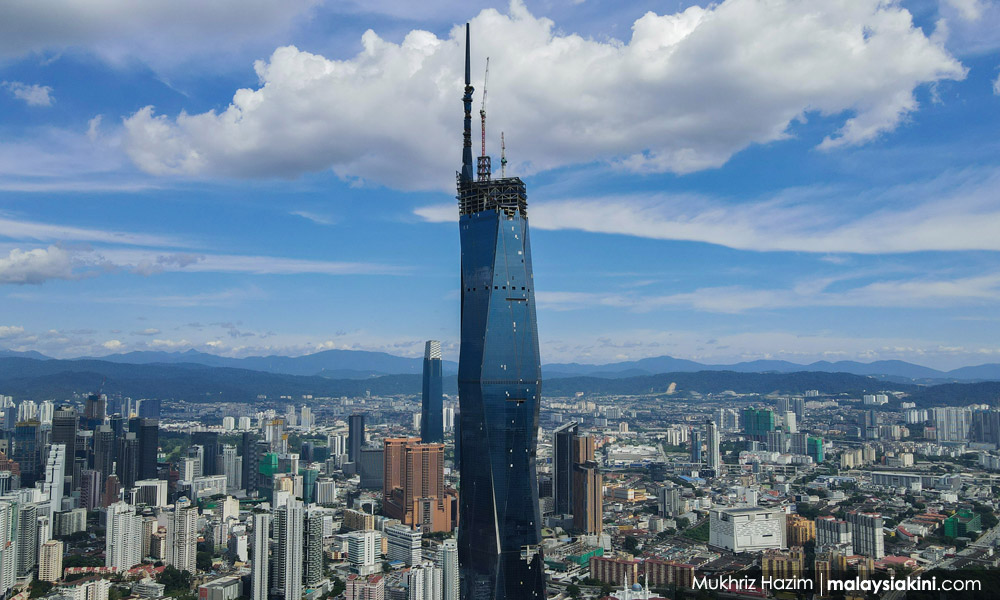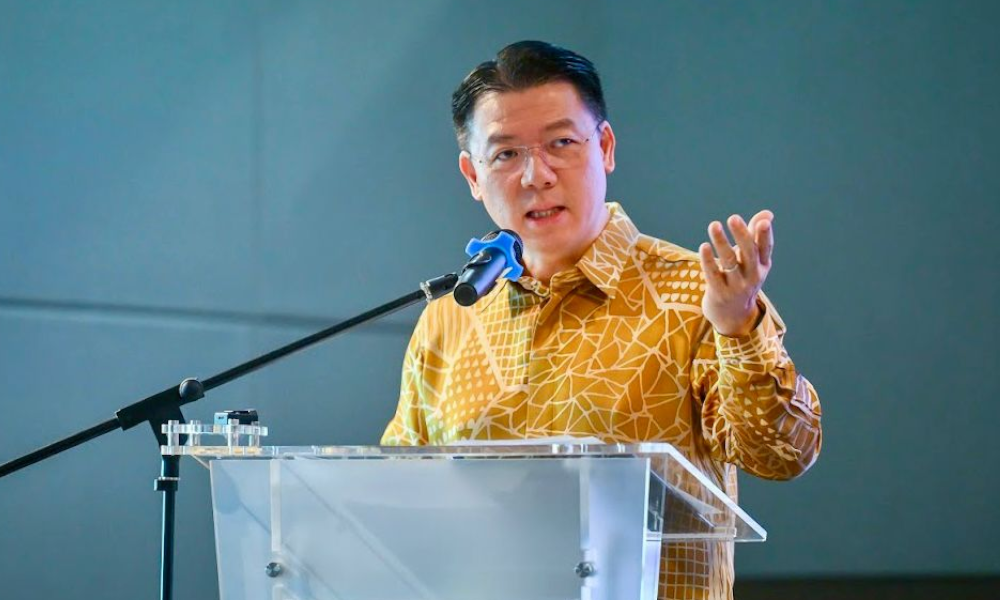It’s strange. People are willing to endure two or three hours of traffic jams every day – just to fulfil their “dream” of landed property.
Why not live in an apartment nearer the city? Instead of spending so much of their lives stuck in traffic?
People who work in Kuala Lumpur, Penang, Johor Bahru and Kuching are buying houses in suburbs ever further from the city.
I wonder if they calculate the cost of the time lost and aggravation gained on the roads every frustrating day. Many don’t even appreciate their house gardens and simply tile them up for car parking!
Uncontrolled suburban sprawl imposes costs on public taxpayers and the environment. For example, the government needs to build more roads and other infrastructure, draining resources from other priorities.
Public transport becomes inefficient when houses are spread out. Unlike in Singapore, where people can easily walk to a nearby mass rapid transit (MRT) station from their high-rise flats.
Real cost of houses
Many distant suburbs lack train (light rail transit, MRT or KTM Komuter) service. Even those that do require people to take expensive “peak charge” Grab car rides from their homes to the train stations. Or wait for infrequent feeder buses.
So suburban residents become dependent on cars. That adds not only to personal stress but also air and noise pollution. Time lost in jams means lost national productivity.

The conversion of green areas into tar and concrete surfaces (that don’t absorb water) means that rainfall (ever heavier from climate change) “runs off” faster into drains. The overload then results in flash floods.
Then millions of taxpayers’ money must be spent on that overused phrase – “flood mitigation works”.
People may feel they can afford such landed properties. But suburban sprawl imposes hidden costs not only on the public purse but also on the environment – and our mental health.
It also eats up agricultural land, for example when vegetable farmers around Ipoh are evicted. It becomes a joke when politicians talk of national food security.
Besides farmland, suburban sprawl also destroys green lungs, such as the Shah Alam Community Forest (SACF).
Vested interests
So with all these negatives, why have we chosen the American style of development with sprawling suburbs, tolled highways, car dependence and traffic jams?
As Deputy Investment, Trade and Industry Minister Liew Chin Tong explained in a recent opinion piece:
“Over the last half a century, Malaysian GLCs and property developers have profited hugely from turning plantations into housing estates.”
He adds that, for the past 40 years, the government was also actively involved in selling cars and building (tolled) highways, yet not using much public funds to subsidise bus services.

In other words, vested interests and short-term profits trumped more efficient and eco-friendly development models. Add in a lack of foresight about long-term problems and we have a typical Malaysian dilemma.
Liew proposes that it’s “time for us to bring Malaysians back into the inner cities.”
I agree with him. We should learn from American mistakes. Traditional city centres like Cleveland, Detroit, and Pittsburgh became run down after residents moved to the suburbs. It’s called urban decay.
Perhaps we should look more at Europe which has maintained vibrant old city centres, coupled with heritage conservation and good public transport.
Healthier city living
One of my favourite towns is Kampar, Perak. I was amazed to see older uncles and aunties walking or cycling from their homes nearby to the famous morning food market to meet their friends.
They were both physically and socially active. It was not a stressful urban setting. These are all key ingredients to healthy long lives in “blue zones” around the world such as Okinawa, Japan.
Can we recreate that in our cities? Yes, in the posh area of Kuala Lumpur around the Twin Towers, that is a luxury enjoyed by rich expatriates.
They can afford to live in swanky downtown condominiums and walk directly (or take the train) to their corporate offices nearby. What about something more affordable for ordinary Malaysians?

Liew suggests that instead of developing faraway townships Permodalan Nasional Berhad (PNB) and its major arm Sime Darby should ensure that the 15,000 workers who will work at PNB’s own Merdeka 118 tower (next to old Kuala Lumpur town) can live within walking distance.
This means that PNB should build affordable apartments nearby. I like Liew’s idea as it will revive old KL town and also reduce long commutes and traffic jams.
As a government investment company, it makes perfect sense to do something socially useful and not just look at property profits.
Government policies
Shifting away from endless suburban sprawl will need more than idealistic speeches. It also needs changes in planning policies and government incentives. One obvious place is Kuala Lumpur’s Kampung Baru Malay enclave which has long been a political hot potato.
I’ve also suggested that nine or more holes of the sprawling 27-hole Civil Service Golf Club (KGPA) in Kuala Lumpur be turned into affordable housing.
This is because the land sits next to two MRT stations. Moreover, the land is actually zoned for “public purpose”. How does a golf course reserved for higher civil servants qualify?
So, will our Madani leaders place more priority on the rakyat’s housing over an elite hobby?

Public awareness also has to be built about returning to cities. For example, developers like to advertise that buyers can cycle around new suburbs. Hey, perhaps our local councils can build better urban cycling lanes?
Then there are the “urban renewal” proposals by Housing and Local Government Minister Nga Kor Ming.
Nga’s speeches have sounded a bit like a developer’s. He has spoken of knocking down old “ugly, dilapidated, unliveable” flats to unlock “abundant investment opportunities” that will change the “city skyline” and generate “hundreds of billions” in “gross development value”.
Taming the suburban sprawl
So will urban renewal be geared mainly towards creating new posh condominiums? What will happen to those displaced from the old flats?
Will there be affordable housing, the kind that Liew suggests for Merdeka 118? Can we renovate the “ugly” flats instead of knocking them down for posh condominiums? Perhaps Liew can discuss all these issues with his DAP comrade Nga.
In conclusion, let’s hope that our out-of-control suburban sprawl is tamed and people can return to revive our city centres. But it has to be affordable.
Yes, it’s time to rethink our obsession with faraway landed houses. It's time to build more upwards or vertically inside cities, rather than horizontally into the distant horizon.
Pollution and floods will be reduced. We can preserve farm and forest lands.
We can drive less and walk more to improve our health. And we will regain hours lost in crazy traffic jams.
So let’s reimagine the way we develop our cities. - Mkini
ANDREW SIA is a veteran journalist who likes teh tarik khau kurang manis. You are welcome to give him ideas to brew at tehtarik@gmail.com.
The views expressed here are those of the author/contributor and do not necessarily represent the views of MMKtT.



No comments:
Post a Comment
Note: Only a member of this blog may post a comment.